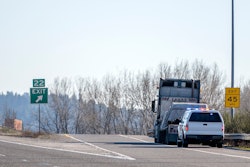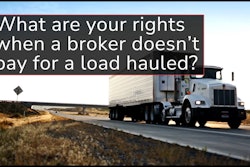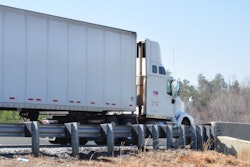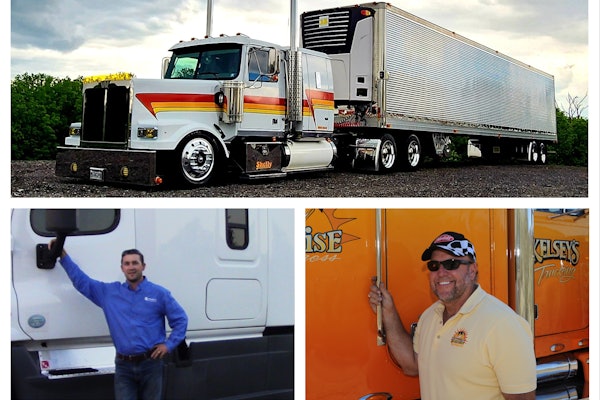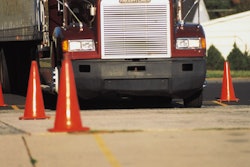In the accident scenario presented in the above video installment in Overdrive sister publication CCJ's "Preventable or not?" series, trucker John Doe's nighttime run on a snowy Alaskan highway, fully loaded, is interrupted after he crests an icy hill blind to find a flatbedder jackknifed across both lanes in front of him.
Doe makes evasive maneuvers, yet it's not enough to miss a collision -- was the accident preventable? His fleet's safety director certainly thought so, though Doe decided to contest the preventable ruling by asking the National Safety Council's Accident Review Committee to render a final judgment. See where the NSC came down in the video up top.
[Related: FMCSA plows ahead with changes to Crash Preventability Determination Program]
Owner-operators and other carriers with authority can now seek preventability reviews for an expanded set of crashes on their record through FMCSA's Crash Preventability Determination Program, including any crash for which video evidence shows the full sequence of the crash. As previously noted, the process for requesting a review takes place through the FMCSA's DataQs system. Crashes deemed nonpreventable after a review are excluded from the Crash Indicator category ratings in the CSA Safety Measurement System.
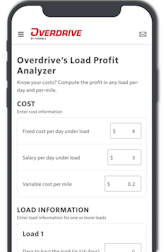
Hear plenty in the way of advice around the importance of having clearly nonpreventable crashes reviewed in the federal program in this early-2024 edition of the Overdrive Radio podcast. Find it also in the playlist of the top podcasts of 2024 below.
Find more information on the ins and outs of the DataQs system for challenging crashes and violations in Chapter 15 of the updated Overdrive/ATBS-coproduced "Partners in Business" book for new and established owner-operators, a comprehensive guide to running a small trucking business sponsored for 2024 by the Rush Truck Centers dealer network. Click here to download the most recent edition of Partners in Business free of charge.
Speaker 1: At 11 p.m., peering through a snow squall on a dark and lonely interstate highway in Alaska, tractor-trailer driver John Doe headed toward Fairbanks under full load.
Doe spotted the rapid approach of headlights in his West Coast mirror. While the posted speed limit was 65 mph, lousy conditions had motivated Doe to back down to 35. But the flatbed-hauling nut behind him was rolling along at warp speed.
Before long, the flatbed’s rig flashed past and disappeared like a ghost into the white haze ahead.
Minutes later, the snow squall abated into a light snow, visibility slightly improved and Doe crept up to 55 as he blindly crested a hill preceding a long downgrade curve.
Oh no! Before halfway down the grade, the flatbed was jackknifed completely across both lanes! And the road was glazed with ice!
Doe slowed as best as he could and the tractor’s antilock brakes enabled him to steer toward the rear of the trailer before impacting and sliding to a stop.
Since Doe contested the preventable accident warning letter from his safety director, the National Safety Council’s Accident Review Committee was asked to pass judgment. NSC ruled against Doe, noting that he’d blindly hit the slippery downgrade at 55 mph. In sum, he’d been going too fast for conditions.
